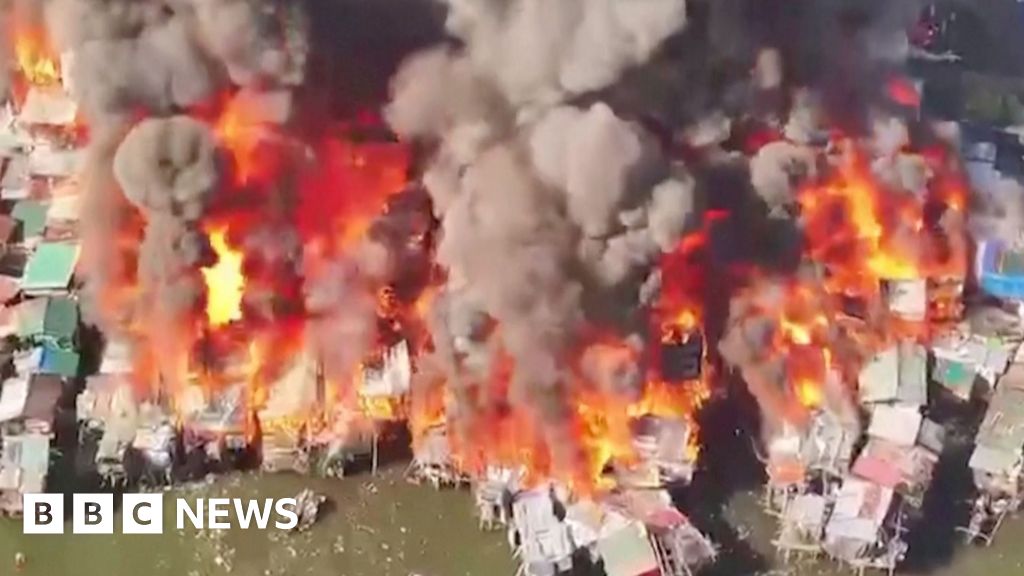The devastating flood incident that affected Maiduguri metropolis on 10 September left significant damages across the different parts of the Borno State capital.
The flooding in Maiduguri was triggered largely by the breakout of the Alau Dam, the city’s main water source, forcing overflowing water from the river Ngadda through the tributaries that cut across the city.
Although the water that submerged almost half of Maiduguri has receded significantly, the impact of the damages on both lives and properties are too visible to be ignored, exacerbating the humanitarian crisis in a region still recovering from the prolonged impact of the Boko Haram conflict.
During a tour of the affected areas by PREMIUM TIMES in the past five days, it was observed that communities affected fall under both Jere and Maiduguri Local Government Areas, respectively.
Houses, electricity poles, bridges, roads and perimeter fences were swept away to the very last brick in the Fori, Gwange and Gamboru areas of the state.
Several vehicles and shops with goods worth millions of naira were completely damaged. Residents are currently assessing damages as many were seen trying to sun-dry submerged properties such as mattresses, rugs, carpets, cars, clothes and affected groceries among others.
Similarly, cultivated farmlands along the river banks were not spared. Farmers growing crops such as onions, rice, millets among others lost all their crop fields to the flood.
Nigerians need credible journalism. Help us report it.
Support journalism driven by facts, created by Nigerians for Nigerians. Our thorough, researched reporting relies on the support of readers like you.
Help us maintain free and accessible news for all with a small donation.
Every contribution guarantees that we can keep delivering important stories —no paywalls, just quality journalism.
According to authorities, the flood incident has killed more than 30 people and affected more than one million others. Official tally by the government put displaced residents at over 400,000, many of whom are currently seeking shelter in public schools and uncompleted buildings under dire human conditions.
However, several residents who spoke with our correspondents said that the number of fatalities quoted by the government is relatively lower than the actual deaths recorded, as some deaths were not officially documented.
A PREMIUM TIMES’ investigation, to be published soon, documents the real reason Maiduguri and Jere were flooded, including other concerns such as regulatory failures, community plights, and more.
See pictures of what the affected areas of Maiduguri look like below
Support PREMIUM TIMES' journalism of integrity and credibility
At Premium Times, we firmly believe in the importance of high-quality journalism. Recognizing that not everyone can afford costly news subscriptions, we are dedicated to delivering meticulously researched, fact-checked news that remains freely accessible to all.
Whether you turn to Premium Times for daily updates, in-depth investigations into pressing national issues, or entertaining trending stories, we value your readership.
It’s essential to acknowledge that news production incurs expenses, and we take pride in never placing our stories behind a prohibitive paywall.
Would you consider supporting us with a modest contribution on a monthly basis to help maintain our commitment to free, accessible news?
TEXT AD: Call Willie - +2348098788999


















 English (US) ·
English (US) ·